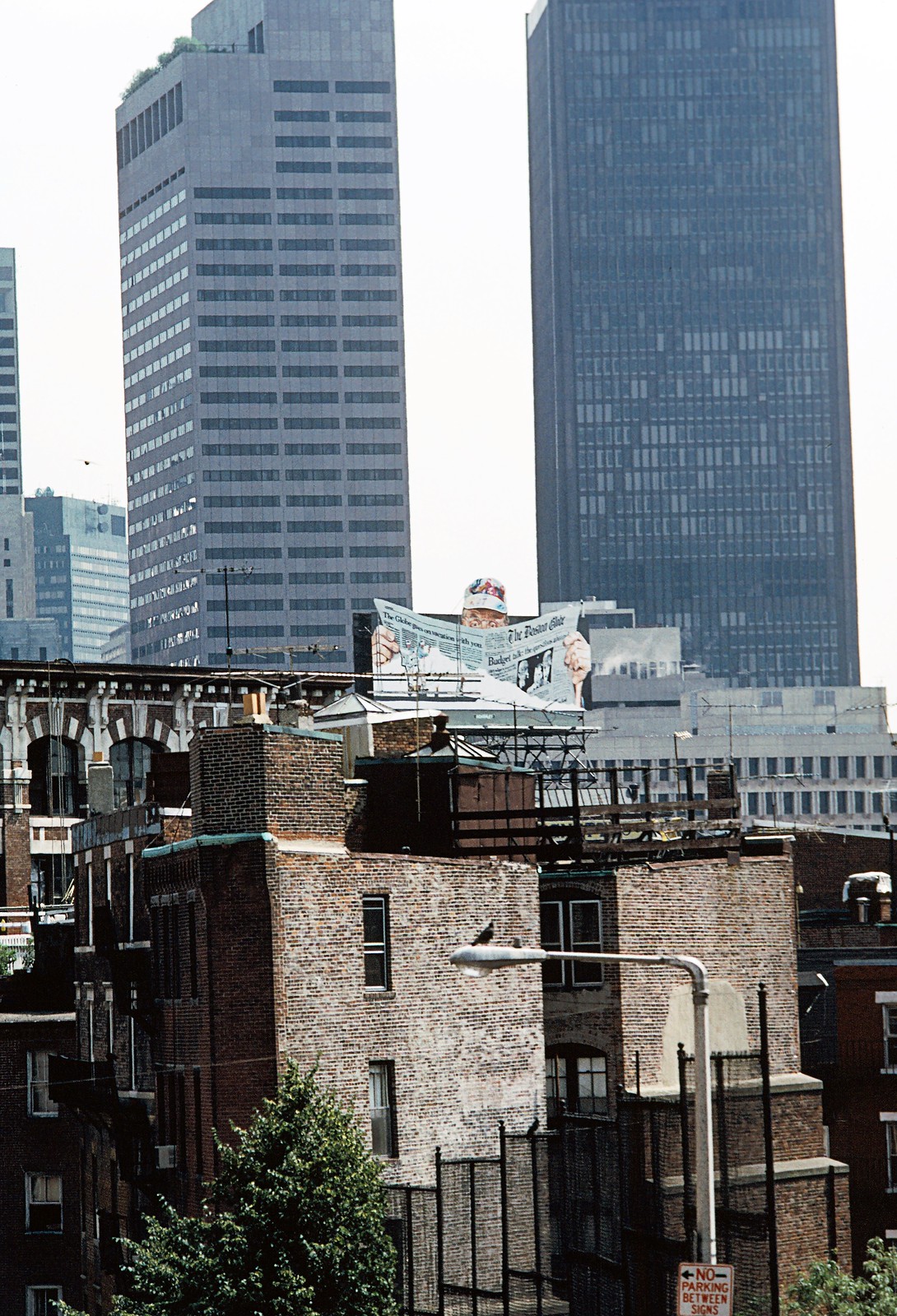Hold on now, much as I love Boston, it's is still not what it once was.
Here's some anti-NIMBY sauce: At its peak population in 1950, the city contained, remarkably, nearly
165,000 more people: a total of
801,444. Over the next few decades, that number plummeted, reaching a low of 562,994 in 1980. Think about it: Prior to WWII, we were PLANNING a city of 1 million! Think Quabbin Reservoir level spending. Boston bought 4 whole TOWNS!
I attribute post-war de-urbanization to massive subsidies through FHA and VHA loans given to basically everybody who wanted one -- if you were white (sorry it's true). Through a horrible fear-based, nukes-acomin' mindset, and with massive pressure from GM and the petroplex, Congress put a hit job on our vibrant cities and went on to get the polis addicted to wild highway spending, with a promise of indefinite growth and cars cars cars! Wheeeee!
Oh, prior to the Eisenhower Highway build out, there were two housing bills that went through in the late 40s -- the first spelled out The Big Plan legislatively, the second was the cash allocation for favorite builders nationwide, then the Highway Act -- a 1-2-3 of self destruction.
Some other reasons we didn't go completely backward like our Rust Belt brethren:
- Old New England money liked their downtown offices.
- Damn attorneys!
- Federal spending (Military spending through the Massachusetts Miracle in Kendall Square, NASA Volpe Center, Deer Island, Big Dig, etc)
- All the other A list colleges we have here -- tons more colleges than the other cities
- The base of the FIRE sector (Finance, Insurance, Real Estate) and more old money and tons of dangerous fiscal growth.
- Crazy people who protested against the Innerbelt
- Proponents of public transportation-- yes on Orange and Red line spending, no on highways.
- The best for last: That lovely woman from Canton who went out and moved the surveyors sticks three nights in a row, until they posted a guard so they could start leveling the ground. When they finally did start the machinery, that same woman actually bit a bulldozer driver(!) to stop him and the rest of the road crew from pushing I-95 northward through what was previously that woman's backyard all the way to Back Bay. The bulldozer driver said Screw this and bounced. That day she stopped everything and saved thousands from being displaced ex-Bostonians. (Side note: There is a great documentary I saw one late night on WGBH a decade ago telling this story. The producers got the driver and the old woman together and the shook hands and laughed about it as she apologized. I believe there was hugging. Much awesomeness. If someone knows what I'm talking about, I would love a link).
Boston lives despite our parent's best efforts to kill it through short sighted austerity measures and piss-poor planning.
 pp-02 66 by nick dewolf photo archive, on Flickr
pp-02 66 by nick dewolf photo archive, on Flickr Boston, MA, USA, Juillet 1983 by Paul Mangeat, on Flickr
Boston, MA, USA, Juillet 1983 by Paul Mangeat, on Flickr
 pp-02 66 by nick dewolf photo archive, on Flickr
pp-02 66 by nick dewolf photo archive, on Flickr Boston, MA, USA, Juillet 1983 by Paul Mangeat, on Flickr
Boston, MA, USA, Juillet 1983 by Paul Mangeat, on Flickr